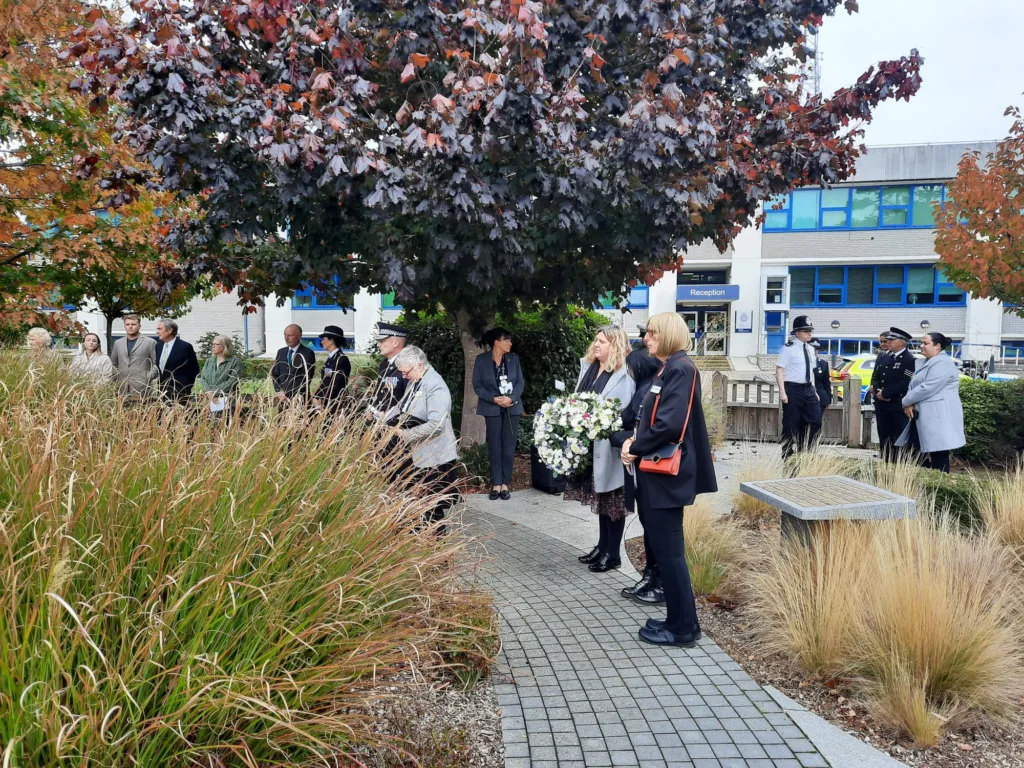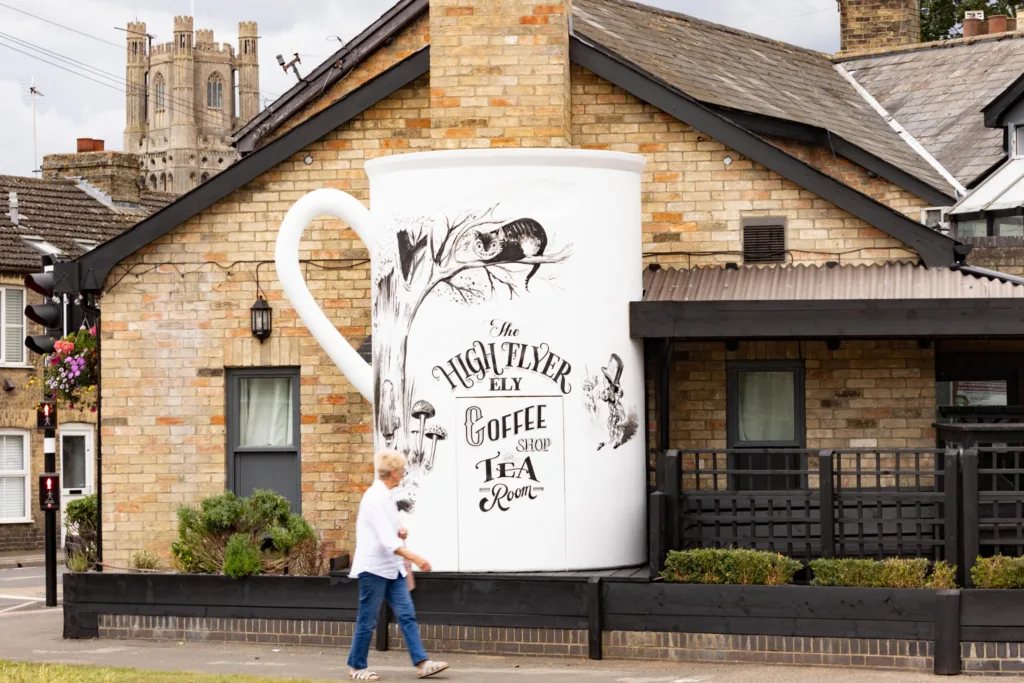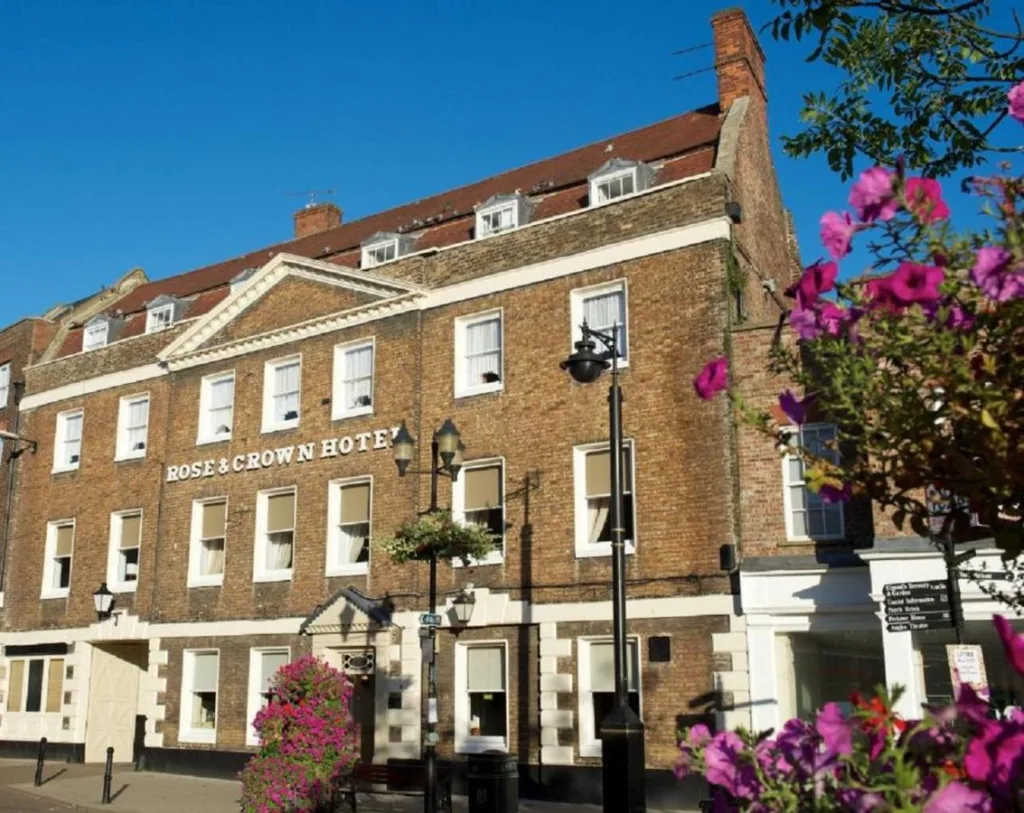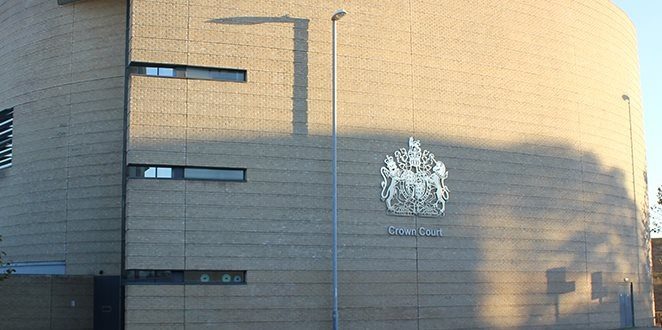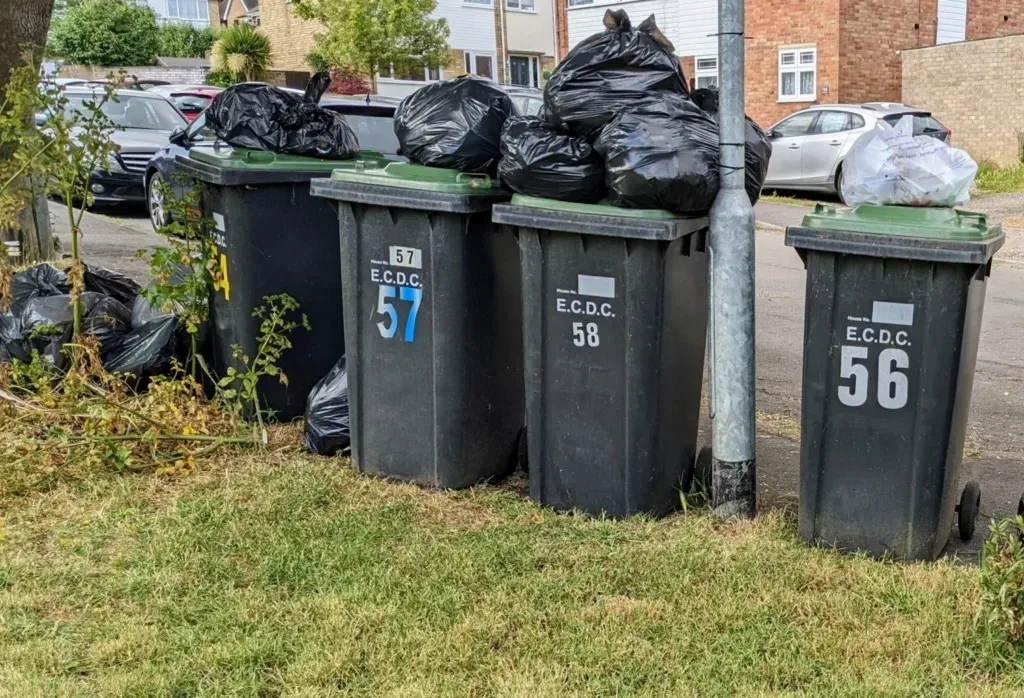Five years ago, councillors Mike and Virginia Bucknor quit over the issue, but the world has moved on – or in the case of 20mph speed limits, slowed down.
Although the Bucknors failed to get the ‘20s plenty’ initiative in Wisbech, across Cambridgeshire 13 new areas will have 20mph limits introduced.
The new schemes are being advertised and could be in place as early as February next year.
The Bucknors called it a day in 2017 when the Conservative majority on Wisbech town council refused to back a scheme for the introduction of a 20mph limit along roads, in what is the most heavily populated part of the town.
Mrs Bucknor said after the meeting they had “had enough of being ignored and abused.
“We are just wasting our time trying to get anything done. The Conservative majority are more interested in their own vanities and their own politics than doing something the residents have been requesting for years.”
The Bucknors proposed the council support a minor highway bid to Cambridgeshire County Council for 20mph for all Waterlees.
“They estimated the cost to the town council at around £350 to £500 representing 10 per cent of the cost.”
But the rainbow alliance now running the county council is keen to see 20mph become much more of a norm.
Evidence suggests it works, too.
In Edinburgh, the Labour led administration says 20mph speed limits have cut road deaths by almost a quarter and serious injuries by a third.
Coincidentally Stephen Moir, chief executive of Cambridgeshire County Council, moved here from Edinburgh earlier this year where he was executive director of corporate services for the City of Edinburgh Council.
The 13 new areas in Cambridgeshire to get a 20mph limit include Stilton, Godmanchester, St Neots, Duxford, Somersham, Great Gransden, Toft, Woodhurst, Barton, Hauxton, Oakington and Westwick.

Cllr Alex Beckett, chair of the county council highways and transport committee said: “I am really pleased we are seeing 20mph schemes being implemented across the county.
“They are a proven way to improve road safety and reduce pollution, studies show that even a 1mph reduction in mean speed can reduce accidents by six per cent and 20mph zones can reduce casualties by 42 per cent and drop pollution by a third.
“They are a priority for the joint administration, and we are committed to review and install more of them across the county. I look forward to seeing and hearing about the difference these will make.”
The delivery on the 13 schemes will be dependent on any objections received and weather conditions can affect the timing.
There are further schemes proposed in Melbourn and Sawston but due to traffic calming measures being requested as well as the 20mph limit this will take slightly longer to implement; these are expected next summer.
The formal consultation period runs until October 26.
Earlier this year, the highways and transport committee agreed to establish a new process to implement 20mph schemes and these are the resulting schemes.
Local authorities have been introducing 20mph speed limits across the country due to the recognised benefits and public support.
The aim of introducing 20mph speed limits is to improve road safety, encourage more active travel i.e., walking or cycling and to reduce noise and pollution.
Either a 20mph limit or a 20mph zone will be installed depending on the specific location.
A 20mph limit typically covers individual or a small number of streets and requires signs only. Whereas 20mph zones typically cover larger areas and require both signs and markings.








